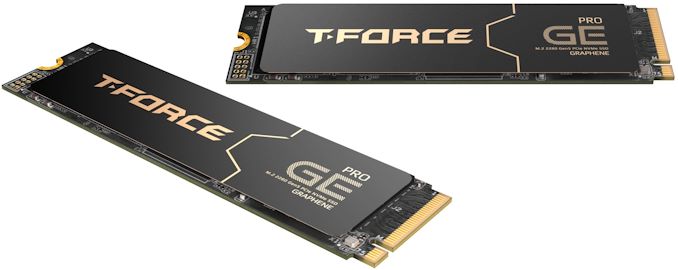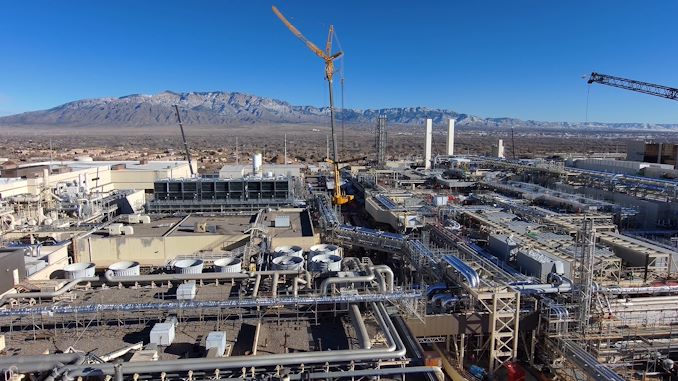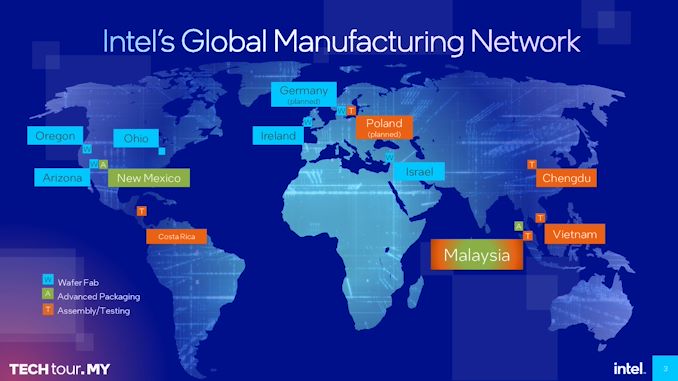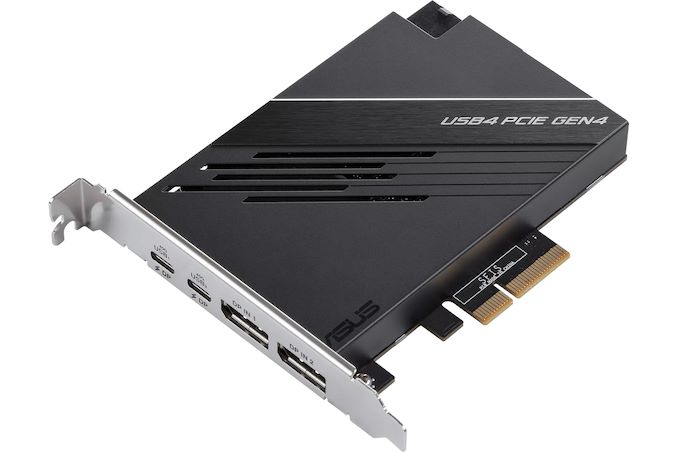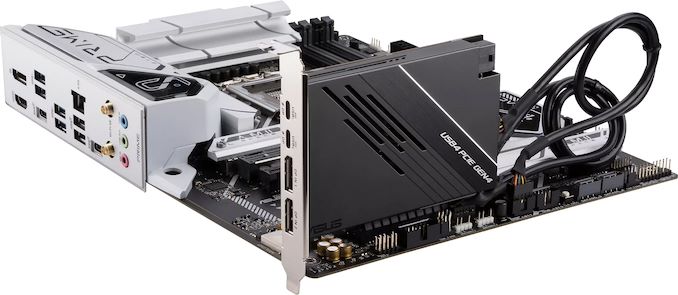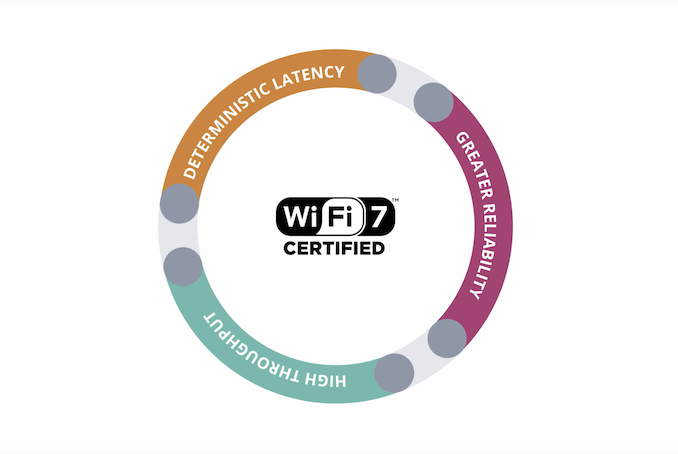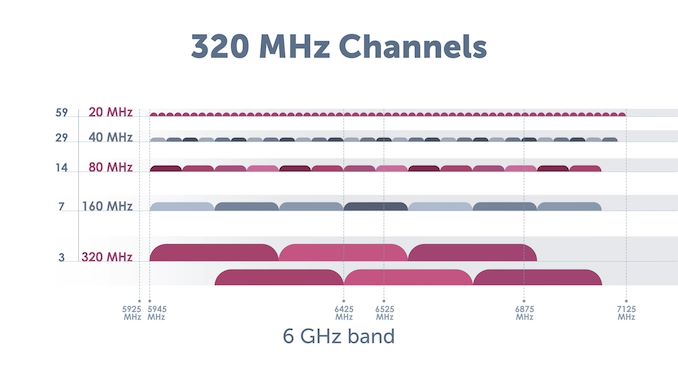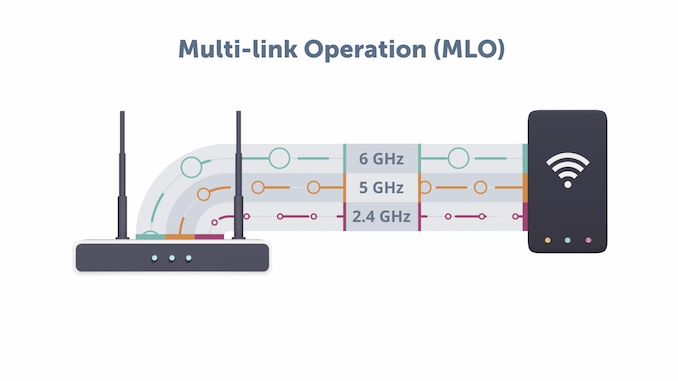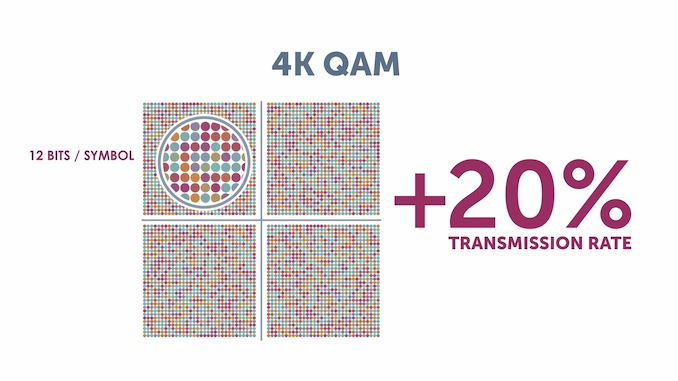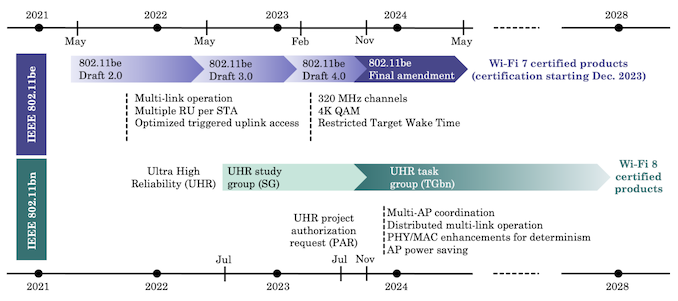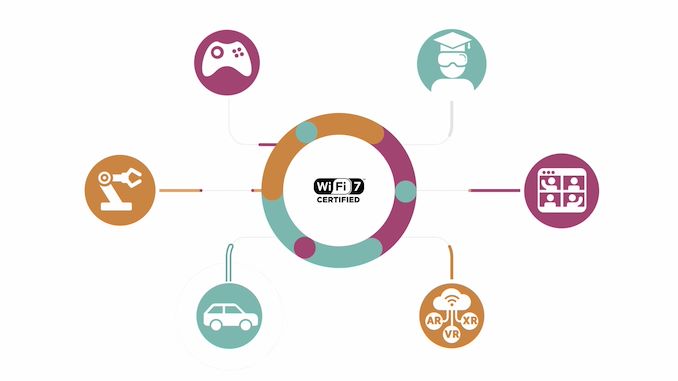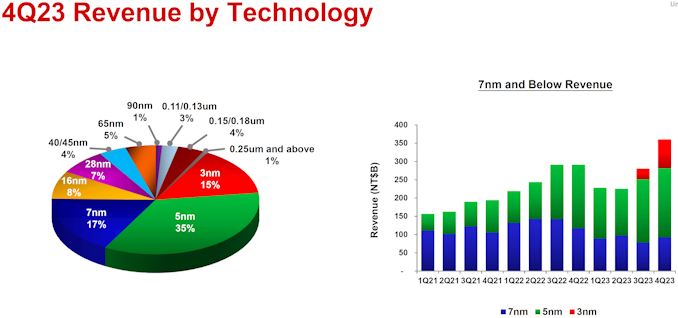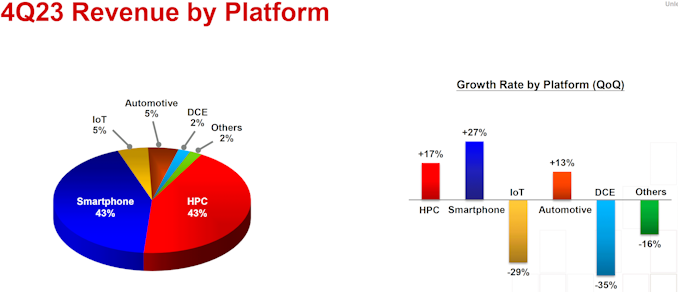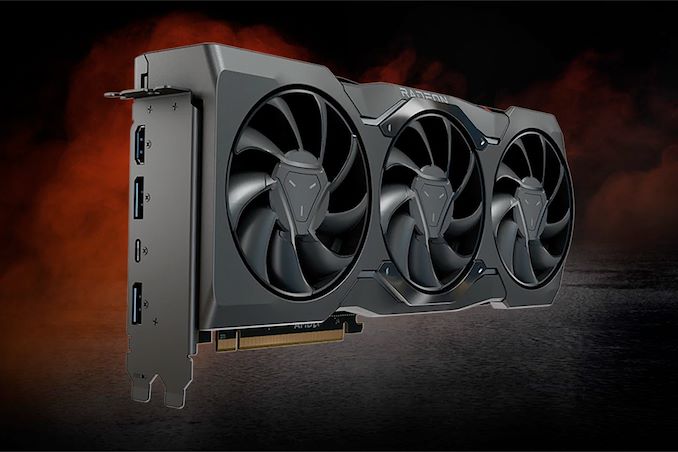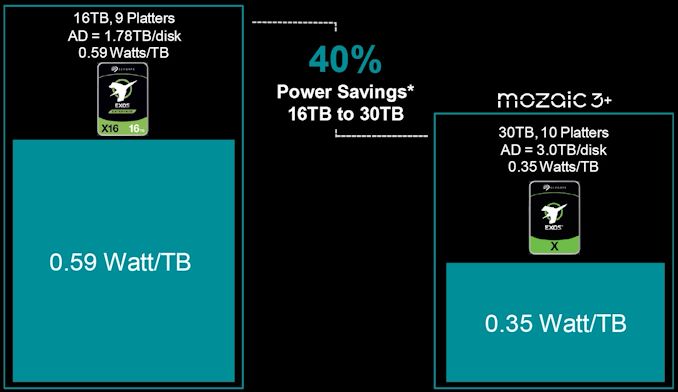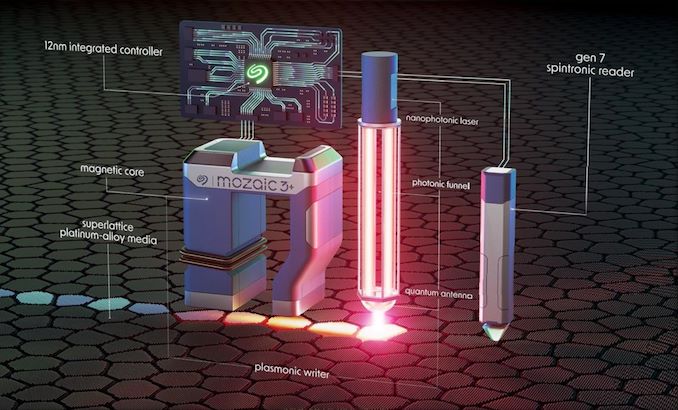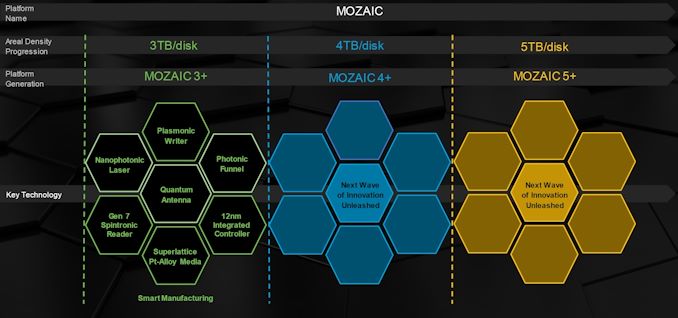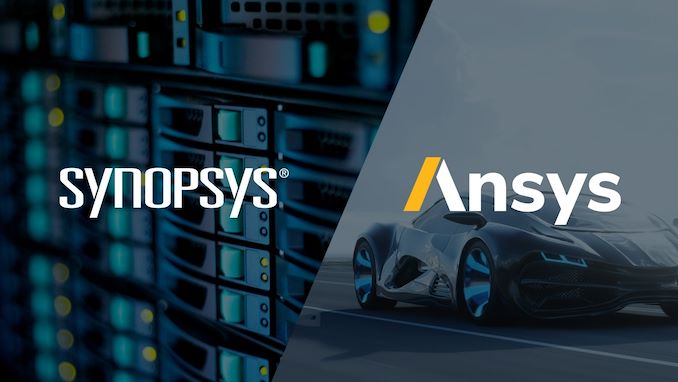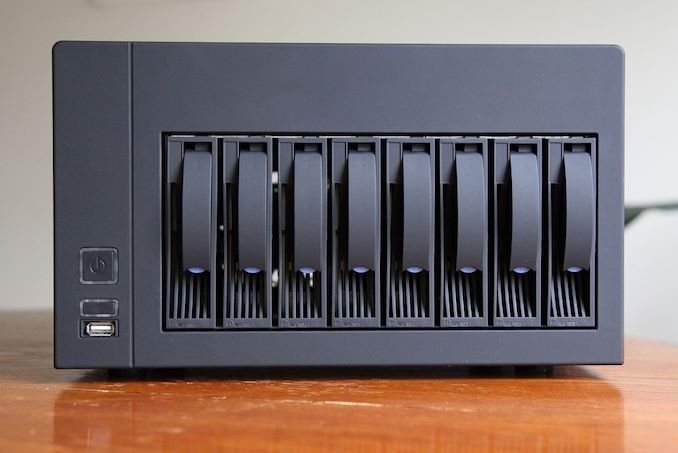
The network-attached storage (NAS) market had a break-out decade in the 2010s, with a large number of vendors trying to get a slice of the pie. Brands such as EMC / Lenovo and Thecus have fallen by the wayside, and even established storage vendors like Seagate decided to drop out of the market. QNAP and Synology have held firm in the commercial off-the-shelf (COTS) NAS market meant for home users, prosumers, SOHO, and SMB installations. ASUSTOR (backed by ASUS) has also been regularly releasing NAS units since their first product appeared in late 2012. TerraMaster released their first NAS around the same time, but opted to focus more on the direct-attached storage segment throughout the 2010s. The brand has shown renewed interest in the NAS market over the last few years. Despite the cut-throat competition in the COTS NAS market, some Asian vendors are attempting to get a toe-hold after establishing themselves in allied markets. UGREEN, a consumer electronics brand known for its power banks, chargers, USB adapters, and docks has also announced its entry into the NAS market, but we will cover that in a separate article.
Asustor, Buffalo, QNAP, Synology, TerraMaster, and Western Digital are currently the main options available for users looking to purchase a COTS NAS for SOHO / SMB use. Out of these, Buffalo and WD update their hardware options only once every 3 or 4 years. The others have a more regular cadence to their portfolio additions while continuing to maintain software support for the legacy units - sometimes even NAS units released as far as 10 years ago.
CES has usually been a good platform for NAS vendors, allowing them to show their latest and greatest in both hardware and software, and occasionally announce new models. However, the allure has been lost in recent years. It started with Synology and QNAP starting their own conference aimed towards partners / resellers and developers. Eventually, CES became relatively quiet for this market segment. Other business conferences focused on virtualization, security etc. are turning out to be better events for these NAS vendors. Overall, CES is no longer an important show for the NAS market. Having said that, the rest of this piece captures some of the announcements made in the NAS space around the 2024 CES time-frame.
At the 2024 CES, UGREEN made a big splash with the hardware options for their upcoming NASync series. Synology's booth rehashed units that have been around for a major part of 2023. A chuckle-worthy DS224+ (using an ancient Intel Celeron J4125) was also on display. ASUSTOR had a tiny presence in ASUS's suite, and the other NAS vendors gave the show a miss.
ASUSTOR Drivestor Lite and Drivestor 2/4 Pro Gen2 : Arm NAS with btrfs Support
ASUSTOR has updated their lineup of Arm-based NAS units for home / personal use, and the units are already available for purchase. The new Drivestor 2 Lite, 2 Pro Gen2, and 4 Pro Gen2 use a new Realtek processor - the RTD1619B. This is a quad-core Cortex-A55 SoC with the CPU running at 1.7 GHz. The Arm Mali-G51 MP3 in the SoC is clocked at 650 MHz. This lineup takes over the Drivestor 2, 4, 2 Pro, and 4 Pro units which had the Realtek RTD1296 (quad-core Cortex-A53 at 1.4 GHz). The increased processing power in the new processor, coupled with a new SDK from Realtek, has now allowed ASUSTOR to bring btrfs support in this lineup.
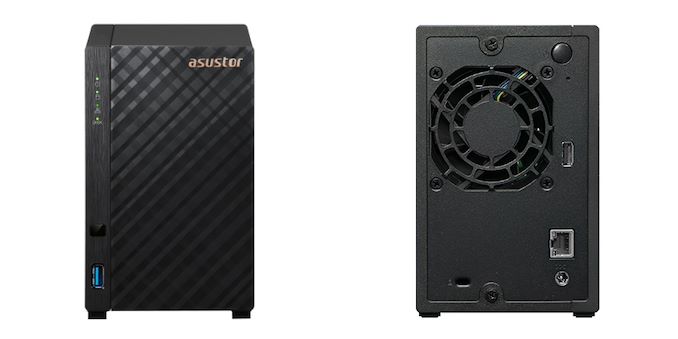
Despite using the same SoC, the Lite model differentiates itself from the Pro model by opting for half the RAM, and restricting itself to a 1 GbE LAN port (compared to the 2.5 GbE in the Pro ones). Two USB 3.2 Gen 1 Type-A ports in the Pro models are placed by a USB 2.0 port in the Lite model. There are two drive bays, but the drives themselves are not hot-swappable. ASUSTOR is promoting the transcoding performance of the new performance and portraying the Drivestor 2 Lite as a capable NAS for Plex and their own 'LooksGood' application.
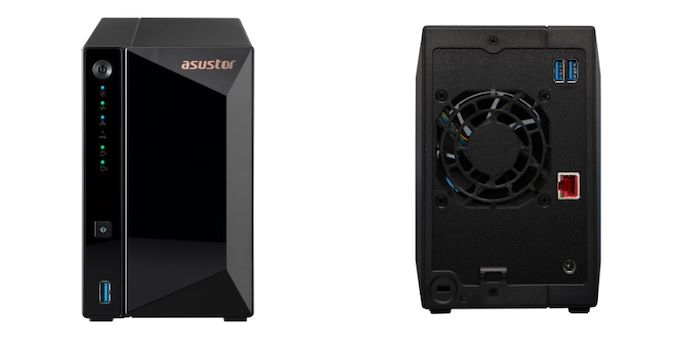

The Pro Gen2 models have hot-swappable bays. In addition to the hardware configuration updates, ASUSTOR is promoting a different set of applications such as Portainer (Docker) compared to the Lite model. The differences in the specifications are brought out in the table below.
| ASUSTOR 2024 Drivestor Lineup |
| Model |
Drivestor 2 Lite |
Drivestor 2 Pro Gen2 |
Drivestor 4 Pro Gen2 |
| ID |
AS1102TL |
AS3302T v2 |
AS3304T v2 |
| SoC Platform |
Realtek RTD1619B
(4x Cortex-A55 @ 1.7 GHz / Arm Mali-G51 MP3) |
| RAM |
1 GB DDR4 (Soldered) |
2 GB DDR4 (Soldered) |
| OS Storage |
8GB eMMC |
| Internal Storage / Bays |
2x 3.5" SATA |
4x 3.5" SATA |
| I/O Ports |
1x USB 3.2 Gen 1
1x USB 2.0 |
3x USB 3.2 Gen 1 |
| Network Ports |
1x RJ-45 (1 GbE) |
1x RJ-45 (2.5 GbE) |
| Power Adapter |
65W (External) |
90W (External) |
| Dimensions and Weight |
165mm x 102mm x 218mm / 1.14 kg |
170mm x 114mm x 230mm / 1.6 kg |
170mm x 174mm x 230mm / 2.2 kg |
| Price |
$175 |
$269 |
$339 |
ASUSTOR has moved to the same platform adopted by Synology for the DS223 and other 23-series personal / home NAS models, keeping pace with the processing power offered by the competition. The introduction of btrfs support in this lineup now brings easy snapshots (and a bit of ransomware protection) to ASUSTOR's customers at an affordable price point.
TerraMaster 424 and 424 Pro: High-Performance 2.5 GbE NAS Units with Alder Lake-N
TerraMaster recently updated their entry-level x86 NAS lineup for SOHO / SMB setups. This segment was served last year by the 423 series based on Jasper Lake (Celeron N5095). The 424 series utilizes Alder Lake-N. With Intel promoting an octa-core configuration as a Core i3 in this series, TerraMaster is also launching a 424 Pro utilizing the Core i3-N300.

The specifications of the three units are summarized in the table below.
| TerraMaster 424 NAS Series (Alder Lake-N) |
| Model |
F2-424 |
F4-424 |
F4-424 Pro |
| SoC Platform |
Intel N95
(4x Gracemont @ up to 3.4 GHz / Intel UHD Graphics) |
Intel Core i3-N300
(8x Gracemont @ up to 3.8 GHz / Intel UHD Graphics) |
| RAM |
1x 8 GB DDR5-4800 SODIMM (Expandable to 1x 32 GB) |
1x 32 GB DDR5-4800 SODIMM |
| Internal Storage / Bays |
2x 3.5" SATA
2x M.2 2280 Gen3 x4 NVMe |
4x 3.5" SATA
2x M.2 2280 Gen3 x4 NVMe |
| I/O Ports |
1x USB 3.2 Gen 2 (Type-A)
1x USB 3.2 Gen 2 (Type-C) |
| Network Ports |
2x RJ-45 (2x 2.5 GbE) |
| Power Adapter |
40W (External) |
90W (External) |
| Dimensions and Weight |
222mm x 119mm x 154mm / 2.2 kg |
222mm x 179mm x 154mm / 3.4 kg |
| Price |
$380 |
$500 |
$700 |
The TNAS operating system (TOS) is currently at 5.1, with the release of TOS 6.0 in the near future. Being a comparatively new entrant to the NAS world, the OS and mobile applications lack the polish of the offerings from established vendors, but the good news is that things can only improve from here. The hardware itself is quite capable, and the new 424 series is the first Alder Lake-N-based COTS NAS that we have seen for purchase. Terramaster had earlier experimented with a 10 GbE NAS using Apollo Lake, though it was unable to saturate that interface. The company seems to have opted for a more cost-effective platform with Alder Lake-N in the 424 series.
QNAP Ryzen 7000 Rackmounts, Wider TBS-h574TX NASBook Availability and Application Updates
QNAP remains busy throughout the year, regularly announcing hardware with the latest and greatest from Intel / AMD / ARM-based SoC vendors. The company also takes pride in updating different 'plugins' / first-party applications for their QTS / QuTS Here operating systems to increase their usefulness. Similar to Synology, the focus is slowly shifting more towards business users as a majority of their recent announcements have been related to their ZFS-enabled QuTS Hero-running NAS units.
At the 2023 CES, the company had teased their first consumer-focused hot-swappable all-flash NAS with M.2 / E1.S SSD support. The TBS-h574TX reached retail in late 2023, and QNAP uploaded a comprehensive video detailing the usage and features of the unit last month. After participating in the launch webinar prior to that, my expectations were tempered a bit. In the year since its teaser, the E1.S form-factor has not taken off as expected. Instead, we saw vendors like Solidigm and Micron focus on the traditional 2.5" form-factor with U.2 and U.3 SSDs. E1.L is making more sense for rackmount machines requiring very high storage density, but the general market trend seems to be more towards U.2 / U.3 for both consumer and SMB / SME on-premise usage. 2023 also saw the launch of 64TB-class U.2 / U.3 SSDs, and this form-factor seems widely available for purchase.
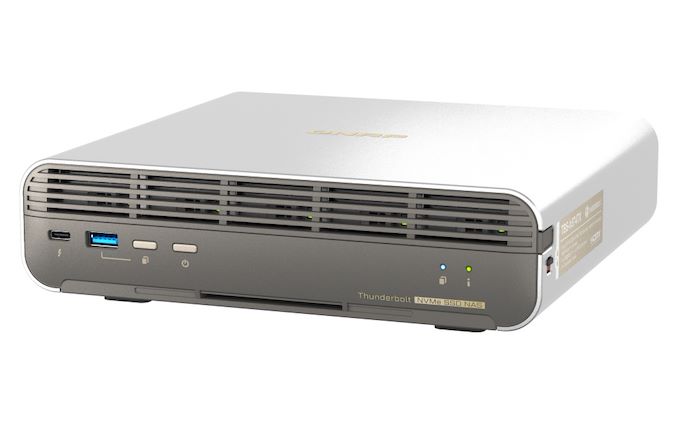
We believe that the M.2 form-factor in the NAS is better suited for caching and/or non-hot-swappable storage, while U.2 / U.3 makes more sense for hot-swappable units. QNAP pioneered the all-flash consumer NAS with the TBS-464 and ASUSTOR's Flashstor series made additional options available. The TBS-h574TX brings hot-swap into the picture, but some of the drawbacks of the designs still remain. For example, none of the SSD slots get the full four-lane capability, even though they physically accept x4 SSDs. QNAP contends that this is enough to saturate the 10GbE link, but that seems like a trade-off best avoided when it is possible to use the network port along with Thunderbolt (acting in IP mode with only 10 Gb capability per port) to have a 30 GbE up / 30 GbE down configuration. Single-slot occupancy can't deliver full performance in that configuration. In any case, QNAP believes their video production house customers will still find this unit delivering better performance than other options currently available in this form-factor, and they may be right on the practical front.
At $1200, this Raptor Lake-based system is not particularly cheap. Despite using an embedded part (Core i3-1340PE) which comes with in-band ECC support from Intel, QNAP doesn't have that enabled in the system (hopefully it is something that can be addressed in a future update). Overall, this product seems like a missed opportunity for QNAP in the all-flash consumer NAS market.

Moving on to the latest hardware introductions, QNAP is focusing more on ZFS-enabled NAS units now. The company recently introduced two rackmount units based on the Ryzen 7000 series, and their specifications are summarized in the table below.
| QNAP TS-h77AXU-RP Series (Ryzen 7000 Series) |
| Model |
TS-h1277AXU-RP-R5-16G |
TS-h1277AXU-RP-R7-32G |
TS-h1677AXU-RP-R7-32G |
| Platform |
AMD Ryzen 5 7600
(6C/12T Zen 4 @ up to 5.1 GHz / AMD Radeon Graphics) |
AMD Ryzen 7 7700
(8C/16T Zen 4 @ up to 5.3 GHz / AMD Radeon Graphics) |
| RAM (ECC UDIMMs Supported) |
1x 16 GB DDR5-5200 UDIMM (Expandable to 4x 32 GB) |
1x 32 GB DDR5-5200 UDIMM (Expandable to 4x 32 GB) |
| Internal Storage / Bays |
12x 3.5" SATA
2x M.2 2280 Gen5 x2 NVMe |
16x 3.5" SATA
2x M.2 2280 Gen5 x2 NVMe |
| I/O Ports |
2x USB 3.2 Gen 2 (Type-A) |
| Network Ports |
4x RJ-45 ([2x 2.5 GbE] + [2x 10GBASE-T]) |
| PCIe Expansion Slots |
(Slot 1 + Slot 2): (Gen4 x4 + Gen4 x4) or (N/A + Gen4 x8)
Slot 3: Gen4 x4 |
| Power Supply |
550W x2 |
| Dimensions and Weight |
(2U) 88.65mm x 432.05mm x 511.3mm / 13 kg |
(3U) 131.32mm x 482.09mm x 550.93mm / 15.64 kg |
| Price |
$3299 |
$3999 |
$4699 |
All models utilize 5GB of flash storage with dual-boot OS protection. ZFS support brings in deduplication and other features important for enterprise deployments. These are some of the first NAS units to support Gen5 M.2 SSDs (albeit, with x2 links), and QNAP advises use of their own heat-sink on them for use in these rackmounts. The redundant power supply configuration is also important in the use-case scenarios for these units, and the available expansion slots allows end users / IT administrators to add 25GbE network cards or SAS / SATA storage expansion cards as required. GPU pass-through is also supported, which can help specific virtualization setups where the VM and associated storage setup run on the same server block.
In software news from QNAP, the company is also promoting its machine-learning based drive failure prediction tool that uses a cloud-based engine beyond the traditional SMART readouts. It uses a third-party engine and requires a license purchase for use on more than one disk per NAS. QNAP is also touting its SSD anti-wear leveling features (QSAL) as a differentiating aspect of its QuTS ZFS operating system. These types of value-additions may help QuTS go head-to-head against options like TrueNAS.
from AnandTech https://ift.tt/H6597Ct
via
IFTTT

